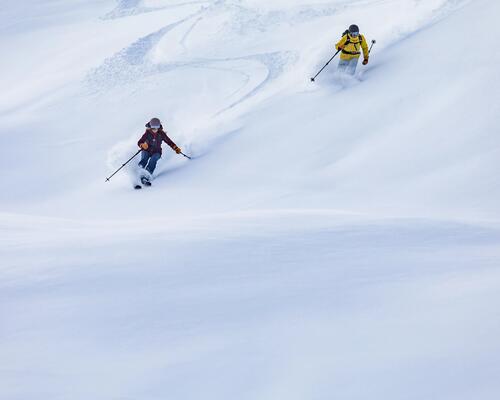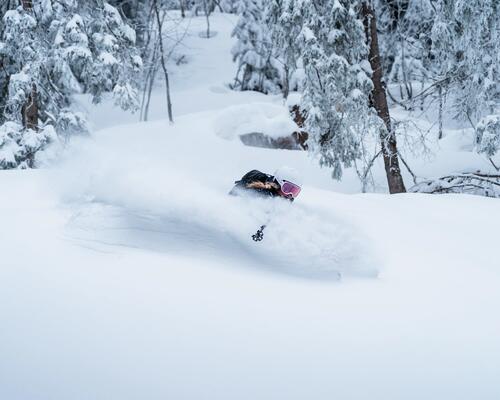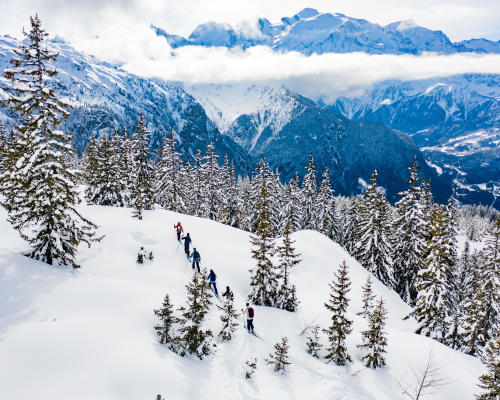What is freeride skiing?
Freeride skiing is skiing outside the marked, secure slopes of the ski area. As soon as you cross the signs and markers of this ski area, you enter an area that is unsecured, ungroomed and unmaintained. Offering an amazing playground, yet one that requires mountain experience, equipment and suitable safety equipment as well as preparation. It's not enough just to follow the tracks, to go under the rope marking out the slopes, and to ski on powder. It's true that there can be a great descent full of fresh snow, there can also be rocky bars and avalanche risks. Therefore, these requires skills and equipment as we are no longer in a secure, maintained, monitored, marked-out area.













